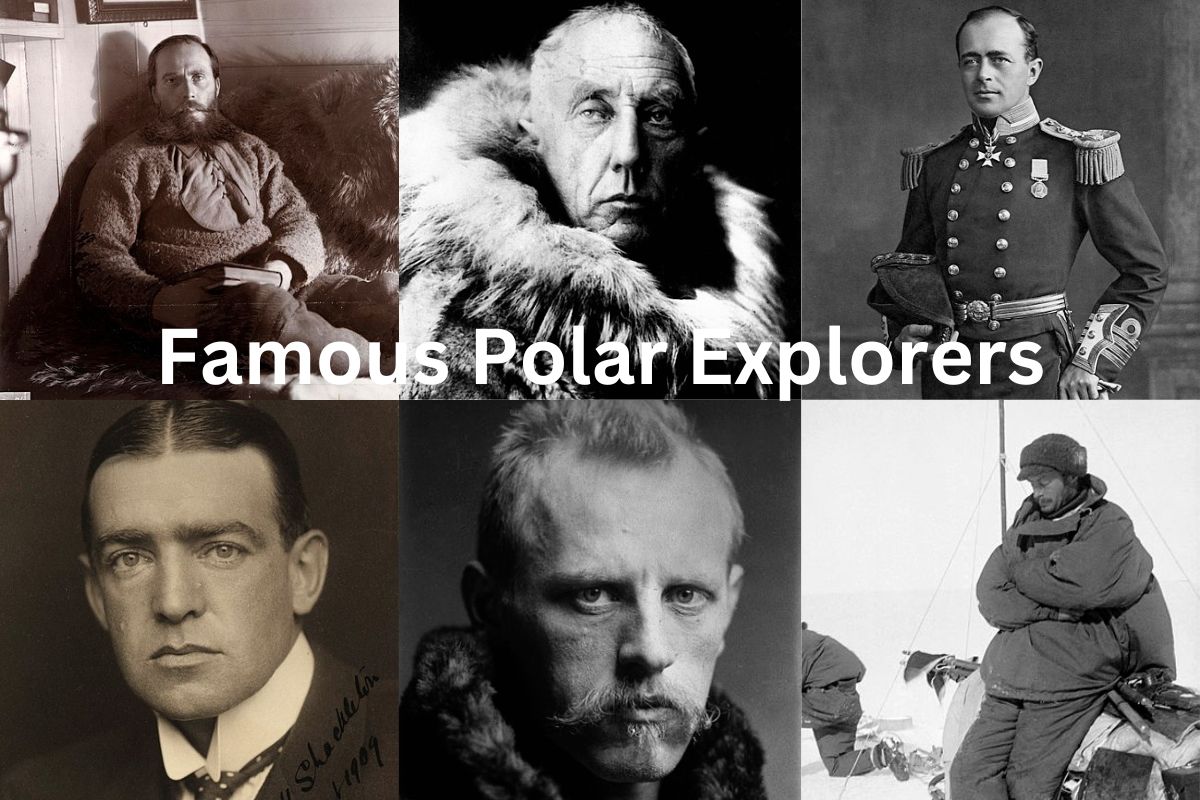Polar explorers are those who have traveled to the far-flung and harsh regions of the Arctic and Antarctic in quest of knowledge, adventure, and discovery.
In their endeavor to discover the secrets of the polar regions, these explorers endured terrible weather, intense temperatures, and perilous terrain.
Polar exploration extends back to the late nineteenth century, when countries such as Norway, Britain, and Russia funded expeditions to study the Arctic and Antarctic regions.
These early explorers encountered significant hurdles, including a lack of modern equipment and technology, and many died in the harsh polar conditions.
Notwithstanding the challenges, polar exploration persisted into the twentieth century, with explorers employing more modern technology and equipment to aid them in their journeys.
Currently, scientists and researchers are investigating the polar areas to better understand the ecology and the consequences of climate change.
Polar explorers’ stories have captivated people all across the world, and their courage, perseverance, and tenacity continue to inspire adventurers and explorers today.
Famous Polar Explorers
1. Roald Amundsen
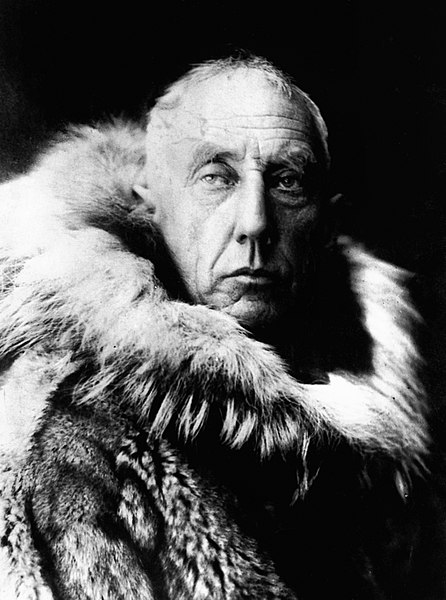
Roald Amundsen was a Norwegian explorer who became the first to reach the South Pole. He was born in 1872 in Borge, Norway, and died in 1928 while on a rescue mission in the Arctic.
Amundsen began his career as a sailor, but he rapidly became interested in exploration, traveling to the Arctic and Antarctic on numerous occasions. In 1903, he led the first successful journey via the Northwest Passage, a treacherous sea route through the Arctic.
In 1911, Amundsen set off on his most famous journey, a race to be the first person to reach the South Pole. He and his crew sailed to the Ross Ice Shelf, where they set up camp and practiced runs to the Pole.
Also Read: Famous Black Explorers
Amundsen and four of his companions eventually reached the South Pole on December 14, 1911, just over a month ahead of the British expedition led by Robert Falcon Scott.
Amundsen’s expeditions were notable for their contributions to scientific understanding of the arctic areas and for establishing Norway as a significant leader in polar research.
His famous expedition to the South Pole was also a triumph of organization and logistics, proving the importance of careful planning and attention to detail in extreme conditions.
Despite his many achievements, Amundsen’s life was not without tragedy. He died in 1928 while on a search for a missing airship in the Arctic, and his legacy continues to inspire explorers and adventurers to this day.
2. Robert Falcon Scott
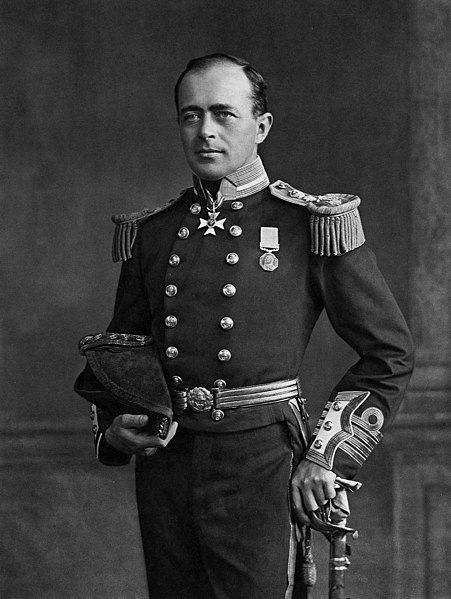
Robert Falcon Scott was a British adventurer and naval officer best known for his Antarctic expeditions. He was born in 1868 in Devon, England, and died in Antarctica in 1912.
Also Read: Famous Antarctic Explorers
Scott began his career as a naval captain, but he quickly became interested in exploration and visited the Antarctic on several occasions. In 1901, he led the British National Antarctic Expedition, which established a base in Antarctica and conducted scientific study.
The Terra Nova Expedition, Scott’s most famous journey, began in 1910 with the goal of becoming the first person to reach the South Pole. He and his company made the perilous journey to the Pole, only to be defeated by a party led by Roald Amundsen.
During the return voyage, Scott and his group were beset by horrible weather, and they died of food, exhaustion, and cold. Scott and four of his fellow soldiers were killed just a few miles from a supply depot where they could have been saved.
Scott’s expeditions were important because they advanced scientific understanding of the Antarctic region and paved the way for future investigations.
His tragic death, as well as the deaths of his teammates, raised questions about the ethics of exploration and the risks involved. Notwithstanding these differences, Scott’s legacy inspires explorers and adventurers today.
3. Ernest Shackleton
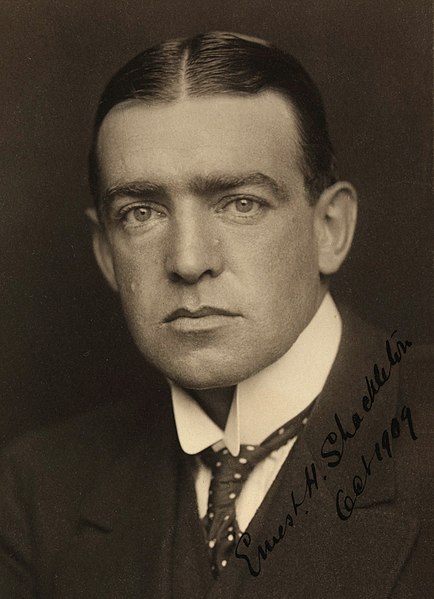
Ernest Shackleton was a British adventurer of Irish origin best known for his Antarctic expeditions. He was born in 1874 in County Kildare, Ireland, and died in South Georgia in 1922.
Shackleton began his career as a sailor, but his interest in exploration grew swiftly, and he began conducting expeditions to the Arctic and Antarctic. In 1901, he joined Robert Falcon Scott’s Antarctic Exploring Expedition, where he led a group of men to establish a supply depot.
In 1907, he led his own Antarctic expedition, the Nimrod Expedition, and got within 97 miles of the South Pole, setting a new record for the farthest southern latitude at the time.
The Imperial Trans-Antarctic Expedition, Shackleton’s most famous venture, set off in 1914 with the goal of crossing the entire continent of Antarctica. But, the mission was doomed when their ship, the Endurance, became trapped in ice and was eventually destroyed.
Shackleton and his men had been imprisoned on the ice for months before making the perilous journey to Elephant Island, where Shackleton went out in a small boat with a handful of men to seek help. After a series of incredible feats of navigation and endurance, Shackleton successfully recovered all of his men with no loss of life.
Shackleton’s bravery and determination in the face of adversity were legendary, and his voyages advanced scientific understanding of the Antarctic region. His exploits impacted future explorers and adventurers, and his name has come to represent tenacity and valor in the face of adversity.
4. Fridtjof Nansen
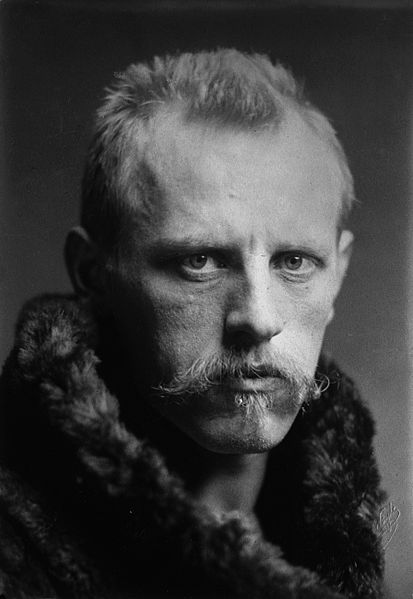
Fridtjof Nansen (1861-1930) was a Norwegian explorer, physicist, and diplomat best remembered for his Arctic expeditions and humanitarian efforts during and after World War I.
Nansen was born in Oslo, Norway, and attended the University of Oslo, where he studied zoology and oceanography. He grew interested in arctic exploration and led his first Arctic voyage in 1888. Later, he led multiple excursions to Greenland and other parts of the Arctic, collecting valuable scientific data and contributing to our understanding of the region’s terrain, animals, and climate.
Nansen is most known for his unsuccessful effort to reach the North Pole in 1893-1896. He and his colleagues embarked on the Fram, a specially built ship, and purposefully allowed the ship to become stranded in Arctic ice.
Nansen and one other member of the team then embarked on a perilous excursion to the North Pole, covering the final leg of the voyage on skis and sleds. Despite not reaching the Pole, the mission was largely praised for its scientific and exploratory achievements.
Nansen was involved in humanitarian operations during and after World War I, in addition to his exploratory work. He was the League of Nations’ High Commissioner for Refugees, and he assisted in the repatriation of thousands of prisoners of war and refugees when the war ended.
Nansen received the Nobel Peace Prize in 1922 for his humanitarian activities, and he remained active in science and exploration throughout his life. He was a well-liked person in Norwegian society and a role model for future generations of arctic explorers and scientists.
5. Richard E. Byrd
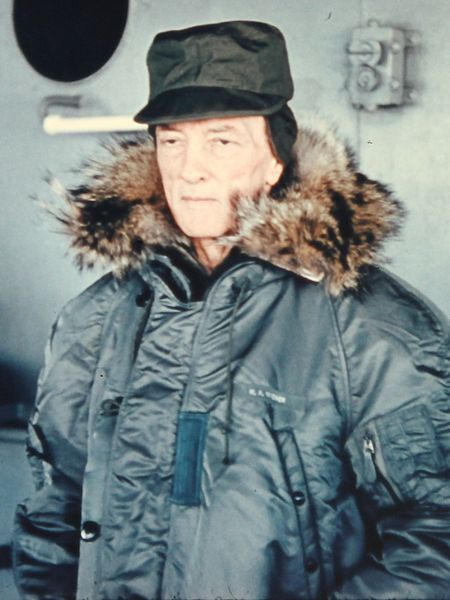
Richard Byrd was an American Navy officer and explorer best known for his voyages to Antarctica in the early twentieth century. Byrd, who was born in Virginia in 1888, joined the US Navy in 1917 and later became an aviator, flying thousands of flights and inventing new aircraft technologies.
Byrd launched his first expedition to Antarctica in 1928-1930, where he erected a base and did extensive scientific research. He also made the first trip over the South Pole on November 29, 1929, and his team discovered previously undiscovered mountain ranges and explored vast swaths of previously uninhabited terrain.
After that, Byrd returned to Antarctica several times, including a 1933-1935 voyage that established the Little America base and conducted extensive research. During WWII, Byrd served in the Pacific Theater and continued to research aviation technologies.
Byrd’s expeditions to Antarctica aided in the advancement of American awareness of the region and made significant contributions to the continent’s exploration and mapping. His views and findings sparked interest in Antarctic exploration and motivated future expeditions, and he is regarded as a pioneer in the history of polar exploration.
Regrettably, Byrd’s legacy has been damaged by his association with the divisive Hollow Earth theory, which contends that the Earth is hollow and inhabited.
6. Douglas Mawson
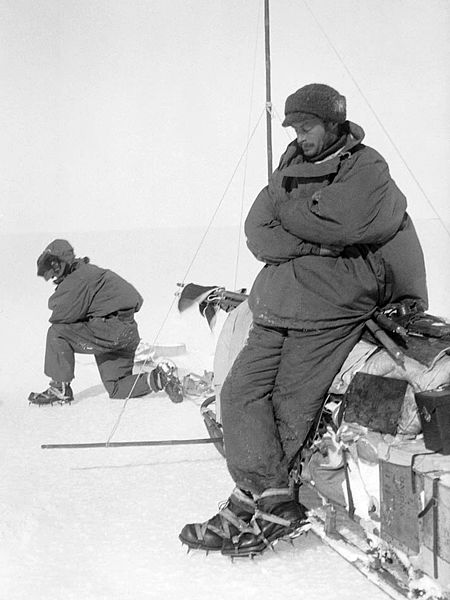
Douglas Mawson (1882-1958) was an Australian geologist and explorer best remembered for his early twentieth-century excursions to Antarctica.
Mawson was born in England but went to Australia as a child with his family. He received his Ph.D. from the University of Adelaide after studying geology and mining engineering at the University of Sydney.
Mawson joined the British Antarctic Expedition, led by Robert Falcon Scott, in an effort to reach the South Pole in 1911. Mawson was part of a team performing scientific study in a different section of Antarctica, but the expedition encountered difficulties, including the deaths of Scott and several other team members. Mawson nearly escaped a perilous journey back to base camp before being rescued by a relief crew.
Undaunted by his ordeal, Mawson organized his own Antarctic expedition in 1912, which he led himself. The trip was the first to explore unexplored areas of East Antarctica, and it was supported by the Australian government and private benefactors.
Mawson and his team encountered a number of difficulties, including extreme weather, isolation, and limited resources. Mawson himself narrowly escaped death after falling into a chasm and being saved only by a rope placed around his waist. Despite the challenges, the expedition was able to undertake considerable scientific study as well as survey large sections of hitherto uncharted country.
Mawson later wrote “The Home of the Blizzard,” a book on his experiences in Antarctica that is considered a classic of polar literature. Throughout his life, he was interested in scientific research and exploration, and he received numerous honors for his services to Australian science and exploration.
7. Peter Freuchen
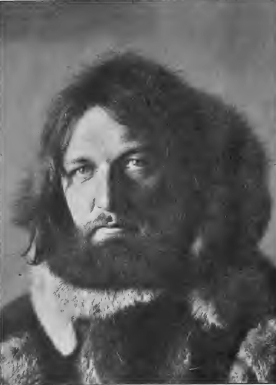
Peter Freuchen (1886-1957) was a Danish explorer, author, and anthropologist best known for his Arctic trips and works about the Greenlandic Inuit.
Freuchen, who was born in Copenhagen, Denmark, was always interested in exploration and adventure. In 1906, he led his first voyage to Greenland, where he lived with the Inuit for several years, learning about their culture and way of life. During his tenure in Greenland, he also worked as a fur trapper and a meteorologist.
Freuchen joined the ill-fated Canadian Arctic Expedition led by Vilhjalmur Stefansson in 1912, with the intention of mapping the Arctic and studying the Inuit people. The mission had numerous difficulties, including famine and disease, and Freuchen was one of the few survivors.
Freuchen later went to Greenland, where he married and had two children with an Inuit woman named Navarana. He penned many books about his experiences in the Arctic, notably “Vagrant Viking” and “I Sailed with Rasmussen,” both of which are considered polar literature classics.
During WWII, Freuchen was a member of the Danish resistance organization against German rule of Denmark. He eventually moved to the United States, where he established himself as a prominent book and Hollywood screenwriter. In 1950, he earned an Oscar Award for his work on the film “The Red Menace.”
Freuchen was a legendary figure noted for his bravery, wit, and colorful personality. During his sojourn in the Arctic, he lost three toes to frostbite and famously fashioned a prosthetic toe out of his own amputated appendage. He was also an exceptional athlete, holding the world record for the longest trapeze hang time.
8. Sir James Clark Ross
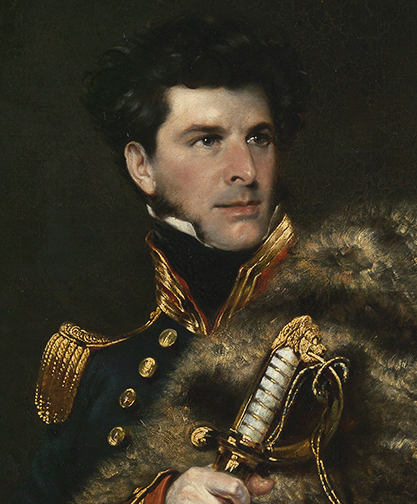
Sir James Clark Ross (1800-1862) was a British naval commander and explorer most remembered for his mid-nineteenth-century excursions to the Arctic and Antarctic areas.
Ross was born in London and joined the Royal Navy when he was 11 years old. After serving in the Napoleonic Wars and the Mediterranean, he was chosen to command a British expedition to the Arctic in 1829.
Ross and his team sailed to Canada’s northern shore and studied the area around the Boothia Peninsula on this voyage. They discovered the North Magnetic Pole and made several scientific observations about the geology, animals, and indigenous peoples of the region.
Ross was chosen to lead another trip, this time to Antarctica, in 1839. He spent several years researching the region and making key scientific findings aboard two ships, the Erebus and the Terror. He discovered several new islands and explored vast stretches of previously uncharted coastline.
Ross and his colleagues also collected important observations regarding the temperature, animals, and topography of the region. They discovered the Ross Sea, named for Ross, and the Ross Ice Shelf, a vast sheet of floating ice that extends into the sea.
Ross was knighted in 1844 for his efforts, and he remained in the Royal Navy until his retirement in 1848. He was also a Royal Society Fellow and a member of several other scientific organizations. His impact as an explorer and scientist contributed to our understanding of the polar regions and its significance in the Earth’s climate and ecosystem.
9. Otto Sverdrup
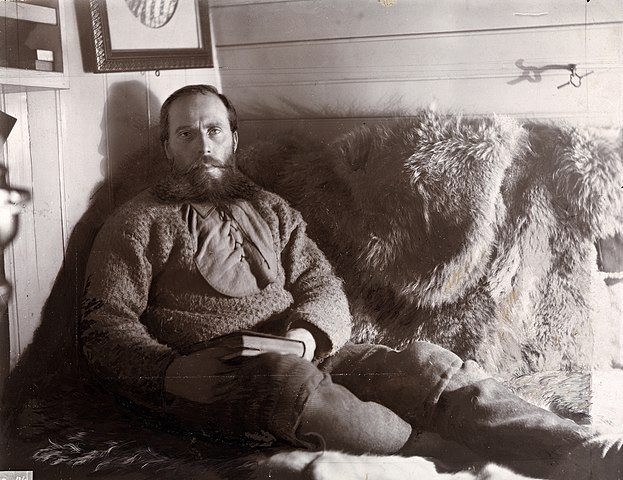
Otto Sverdrup (1854-1930) was a Norwegian explorer and sailor best known for his Arctic voyages in the late nineteenth and early twentieth centuries.
Sverdrup was born in Norway and studied sailing and navigation. He joined the Norwegian merchant navy and later worked with Fridtjof Nansen’s Norwegian Arctic Expedition in 1893-1896. Sverdrup was Nansen’s deputy and was in charge of the expedition’s ship, the Fram.
Sverdrup led his own trip to the Arctic in 1898, which was supported by the Norwegian government. He sailed to the Canadian Arctic and spent several years exploring it, recording numerous scientific discoveries and charting previously uncharted territory.
Sverdrup discovered and named numerous new islands, including Axel Heiberg Island and Ellef Ringnes Island, after his benefactors. He also charted vast stretches of shoreline and made significant discoveries regarding the region’s animals, geology, and indigenous peoples.
Sverdrup’s voyages were distinguished by their meticulous organization and preparation, as well as their emphasis on scientific investigation. He created various scientific stations and gathered plant, animal, and fossil specimens, which were later researched by specialists in Norway and other countries.
Sverdrup then returned to Norway, where he rose to prominence as a wealthy businessman and respected member of Norwegian society. For his exploits as an explorer, he received various accolades, including the Royal Geographical Society’s Founder’s Gold Medal. His career as an Arctic explorer and scientist contributed to our understanding of the arctic regions and its significance in the global environment.
10. Knud Rasmussen
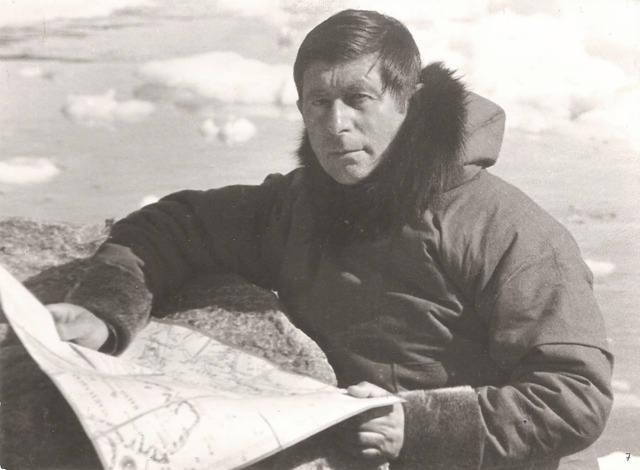
Knud Rasmussen (1879-1933) was a Danish explorer and ethnographer best remembered for his early twentieth-century journeys to Greenland.
Rasmussen was born in Greenland to a Danish father and an Inuit mother, and he spent his childhood speaking both Danish and Inuit. Later, in Denmark, he studied law and ethnography and got interested in discovering and documenting the Inuit culture and way of life.
Rasmussen’s first expedition to Greenland was supported by the Danish government in 1902. He lived among the Inuit for several years, studying their rituals, traditions, and beliefs. He also did scientific studies on the geography, animals, and climate of the region.
Rasmussen then led a series of journeys known as the “Thule Expeditions” to explore the far north of Greenland and the Canadian Arctic. Rasmussen’s utilization of dog sleds and other traditional modes of transportation made these expeditions unique for their emphasis on anthropological study.
Rasmussen’s experiences and views were reported in a number of publications and articles, notably “Across Arctic America,” which chronicled his 1921-1924 trip from Greenland to Alaska. He also founded the Thule Institute, a research center dedicated to the study of the Arctic and its peoples.
Rasmussen’s impact as an explorer and ethnographer contributed to our understanding of the Inuit people and their way of life, as well as the Arctic’s natural environment. For his achievements, he received various accolades, including the Royal Geographical Society’s Founder’s Gold Medal and the Danish Order of the Dannebrog. Today, his work continues to inspire scholars and travelers.
11. Willem Barentsz
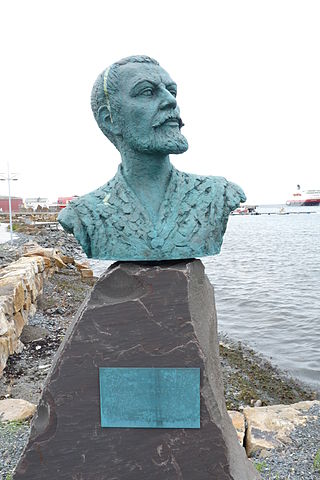
Willem Barentsz (c.1550-1597) was a Dutch navigator and explorer most remembered for his late-16th-century efforts to establish a Northeast Passage to Asia.
Born in the Netherlands, Barentsz first worked as a merchant before becoming a sailor and navigator. In 1594, he was a member of a Dutch expedition commanded by Cornelis Nay that sought to sail north of Siberia to locate a path to China and Japan. Although the expedition failed to identify a passage, Barentsz and several other crew members were adamant about trying again.
Barentsz set out on his own voyage in 1596, supported by the Dutch government and the Dutch East India Company. He set sail with two ships, the Mauritius and the Mercury, in search of a way through the North to Asia.
The mission faced various hurdles, including severe weather, ice floes, and inadequate supplies. The ships became stuck in the ice on the island of Nova Zembla, forcing the crew to spend the winter in homemade shelters.
Despite the hardships, Barentsz and his crew survived the winter and made vital observations about the terrain, temperature, and wildlife of the region. They also attempted several times to continue their trek to Asia, but were eventually compelled to return owing to the dangerous conditions.
Barentsz died on the way back to the Netherlands, but his legacy as an explorer and navigator advanced our awareness of the polar areas and their importance in world trade and exploration. Several geographical features, notably the Barents Sea and Barentsburg, a mining town on the Arctic island of Spitsbergen, are named after him today.
12. Adrien de Gerlache
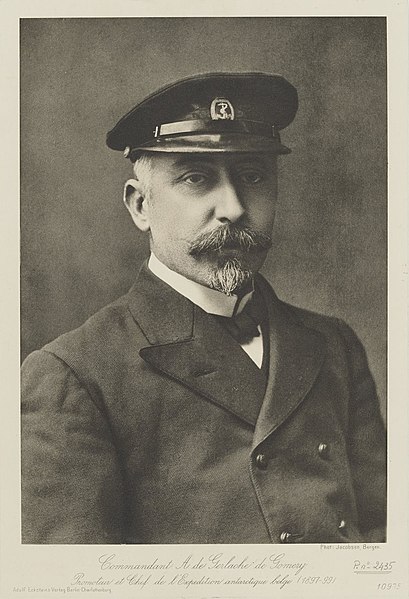
Adrien de Gerlache (1866-1934) was a Belgian explorer who led the first Belgian Antarctic Expedition in the late 1800s.
De Gerlache was born in Belgium and attended the University of Brussels, where he studied engineering and science. At a young age, he was drawn to exploration and adventure, and he subsequently became an accomplished sailor and navigator.
De Gerlache launched the Belgian Antarctic Expedition in 1897 with the goal of exploring unexplored areas of the Antarctic continent. He sailed on the ship Belgica, which was expressly equipped for polar expedition, with a crew of 22 men.
The mission faced various difficulties, including severe weather, ice floes, and insufficient supplies. The team was forced to spend the winter in Antarctica, where they fought scurvy and other ailments.
Despite the difficulties, the expedition was able to make major scientific discoveries regarding the geology, animals, and climate of the region. They discovered several new marine life species and contributed significantly to our understanding of the Earth’s magnetic field and other scientific processes.
“15 Months in the Antarctic,” a book describing De Gerlache’s adventures, is still regarded a classic of polar literature. Throughout his life, he was interested in scientific study and exploration, and he received various honors for his contributions to Belgian science and exploration.
De Gerlache’s impact as an explorer and scientist contributed to our understanding of the Antarctic and its significance in the global ecosystem. Gerlache Channel and Mount Gerlache are two geographical features in Antarctica named after him.
13. William Scoresby
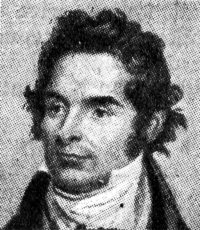
William Scoresby (1789-1857) was a British explorer, whaler, and scientist best remembered for his early-nineteenth-century Arctic excursions.
Scoresby was born in England and grew up in a whaler household. He learned to sail and navigate and then studied natural history and mathematics at the University of Edinburgh.
Scoresby set sail on his first Arctic voyage, commanded by his father, in 1806. Later, he established his own expeditions and became well-known for his scientific observations and study on the Arctic environment.
Scoresby made several significant contributions to our understanding of the Arctic, including the discovery of Greenland’s “Scoresby Sound” and the mapping of vast stretches of previously undiscovered shoreline. He also studied the region’s magnetic field and other scientific occurrences.
Scoresby was a recognized figure in the scientific community in addition to his exploratory work. His research was documented in various publications and books, including “An Account of the Arctic Regions” and “Magnetical Studies.”
Scoresby’s contribution as an explorer and scientist contributed to our understanding of the arctic regions and its significance in the global ecosystem. Scoresby Bay and Scoresby Sund are two geographical features in the Arctic named after him.
